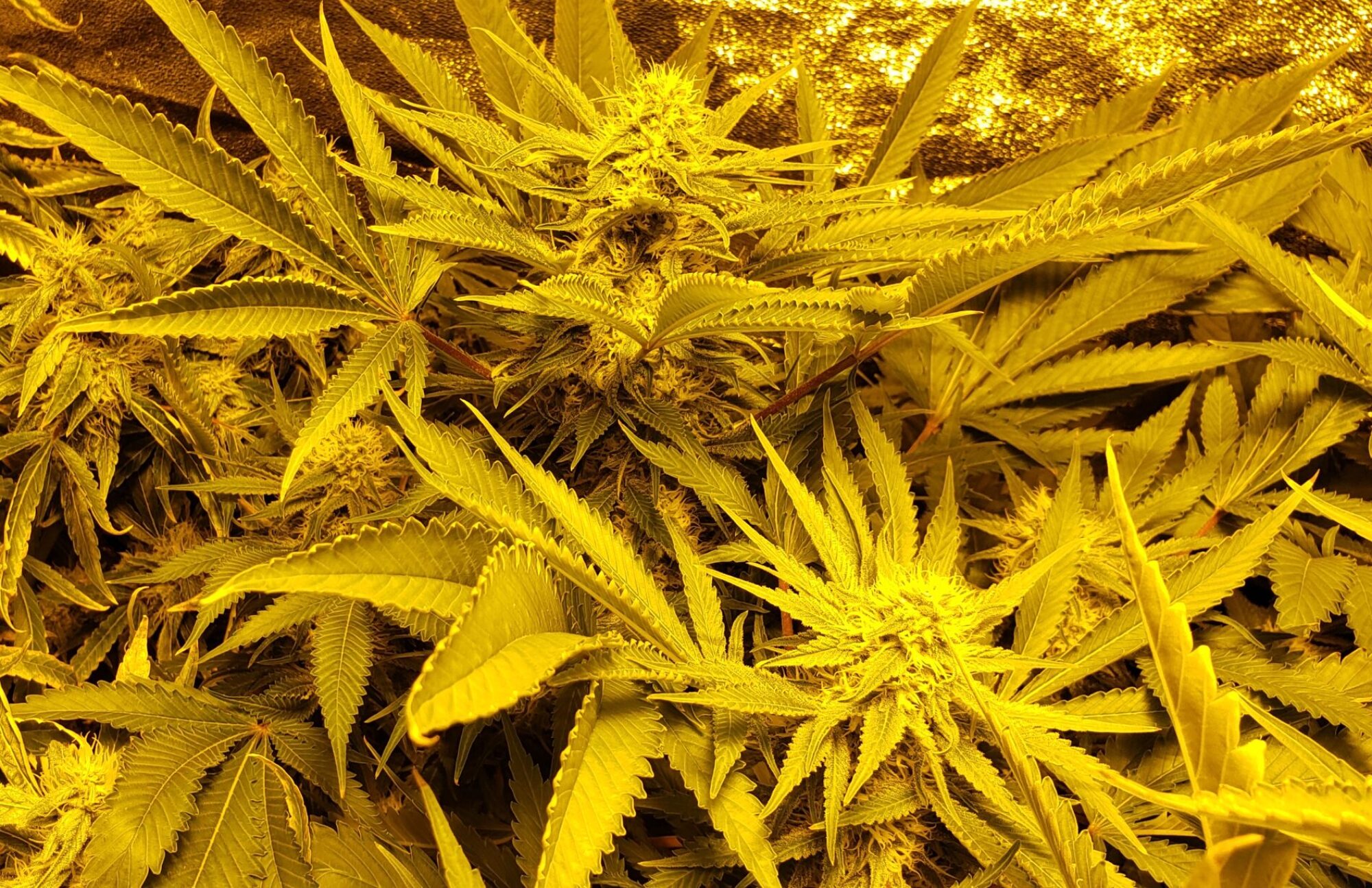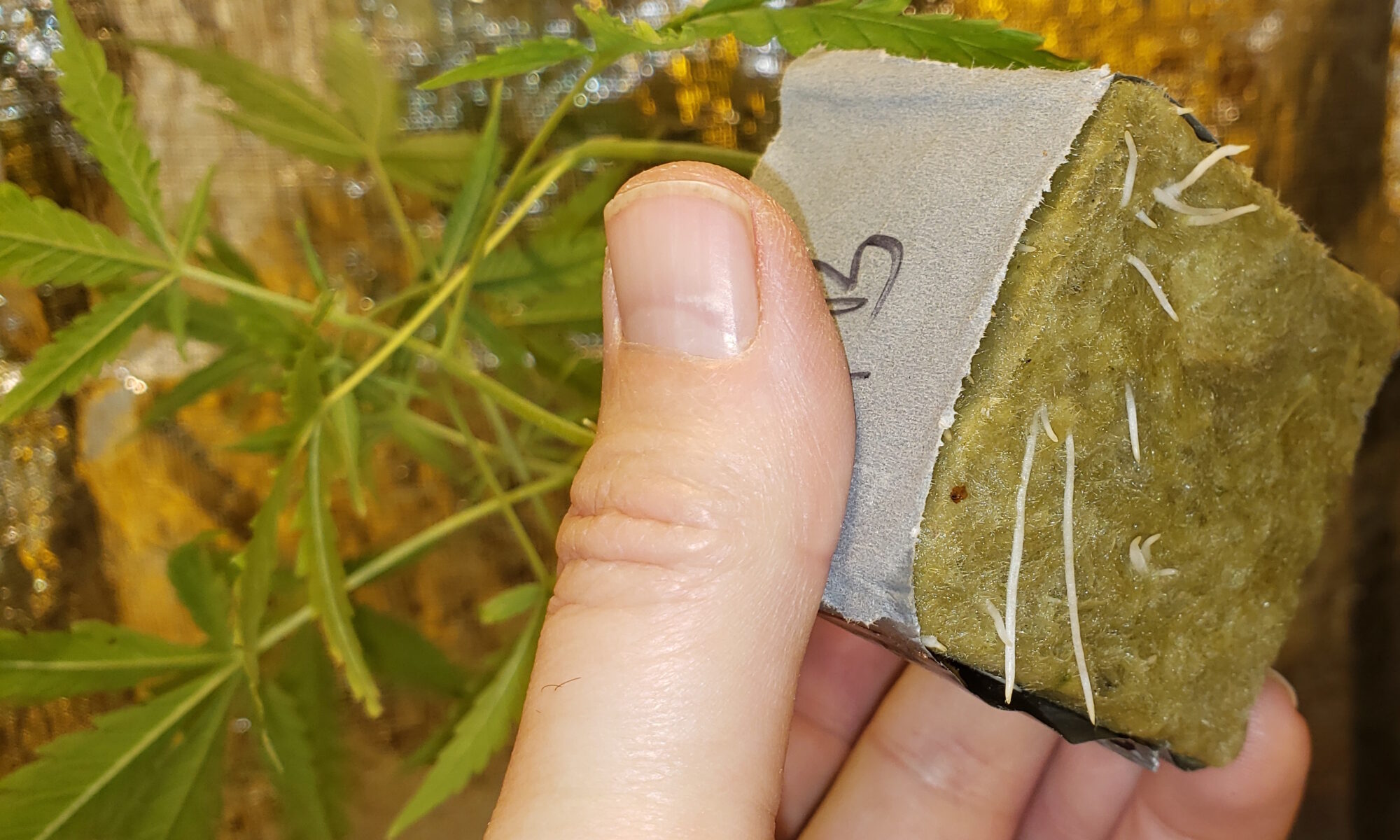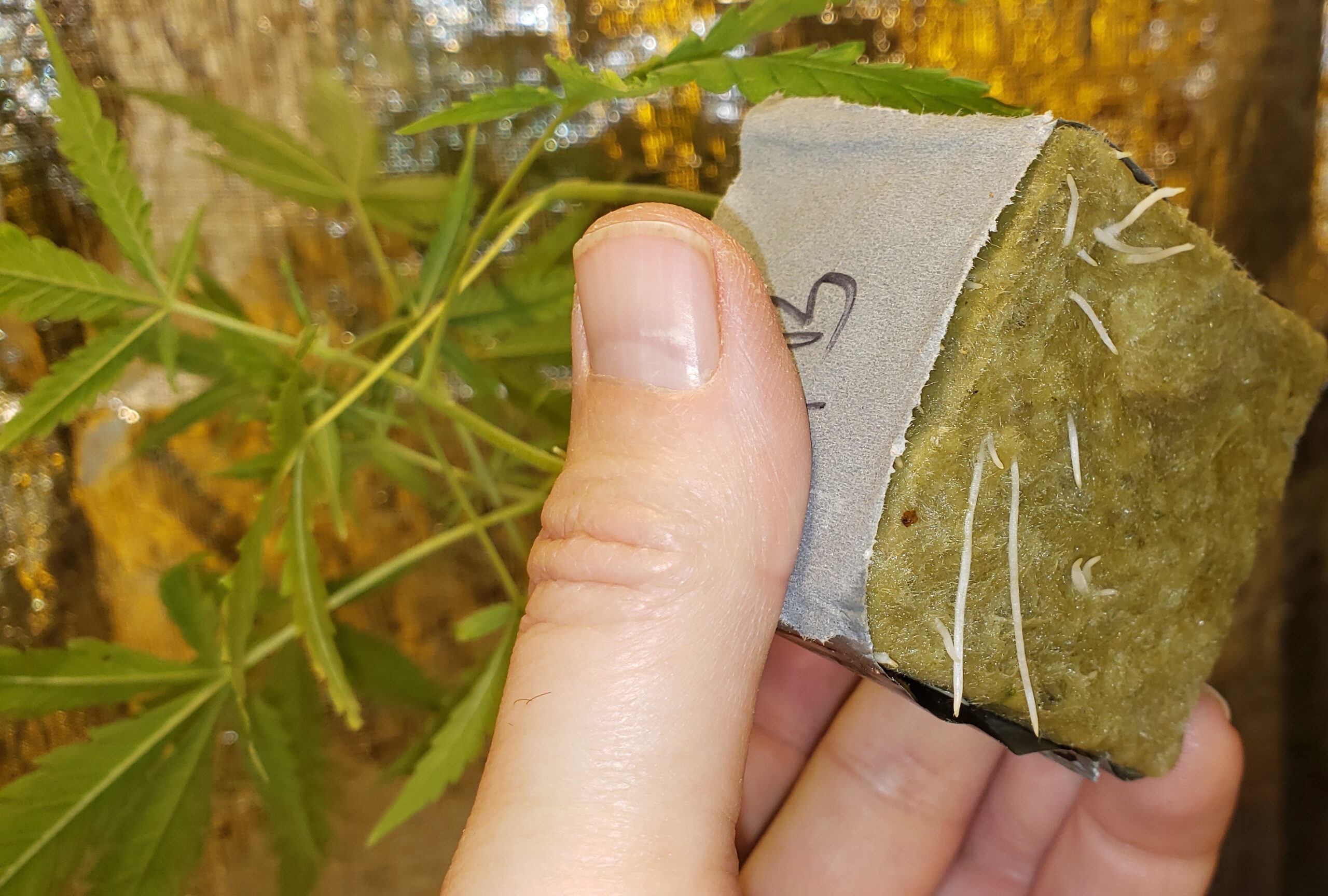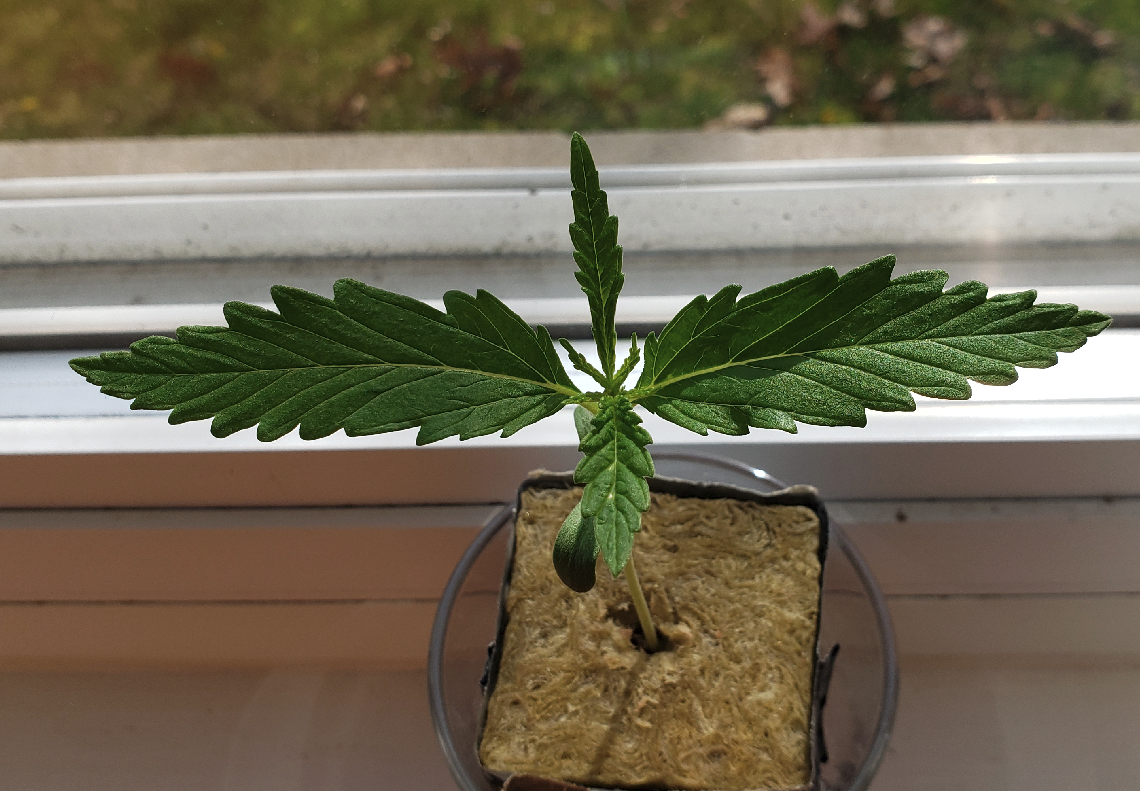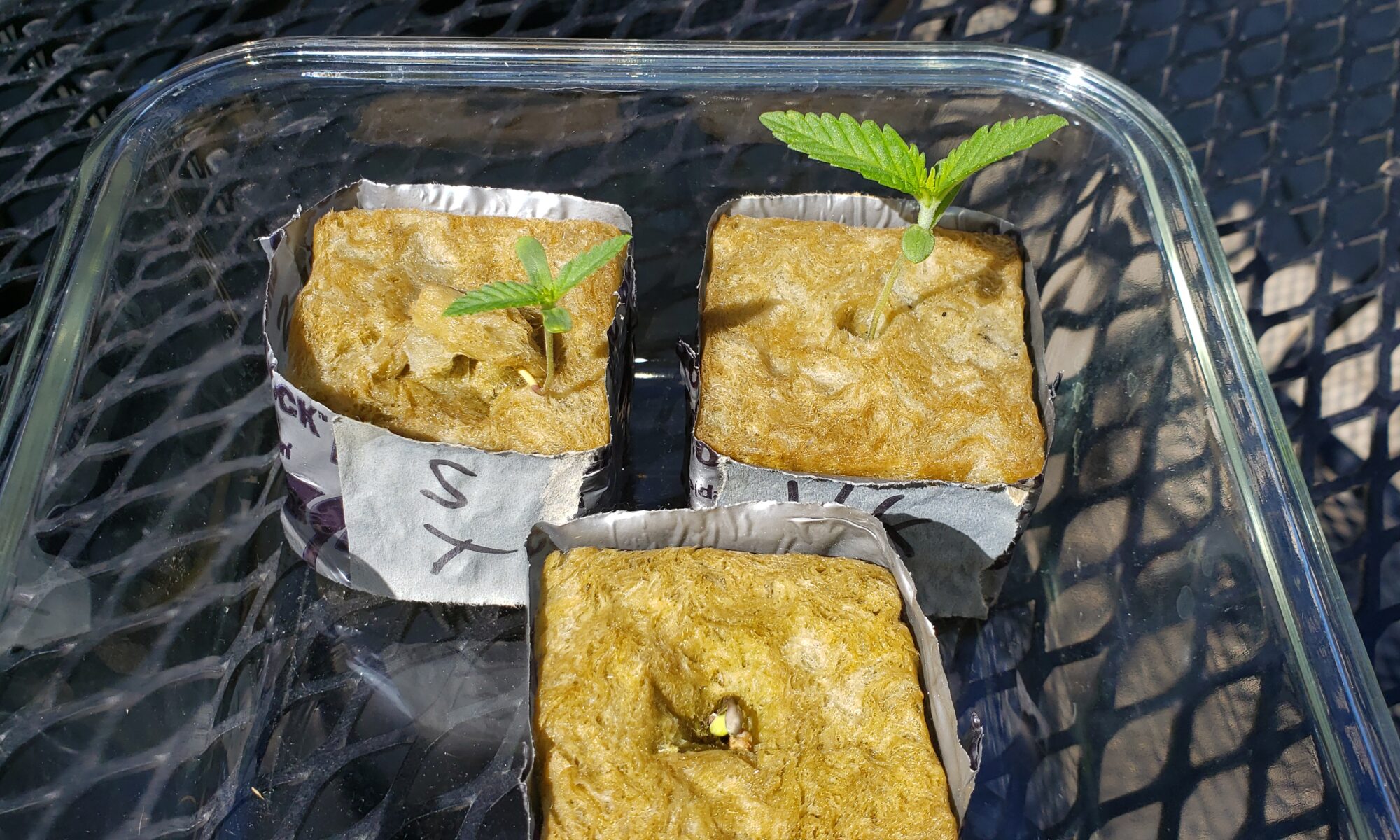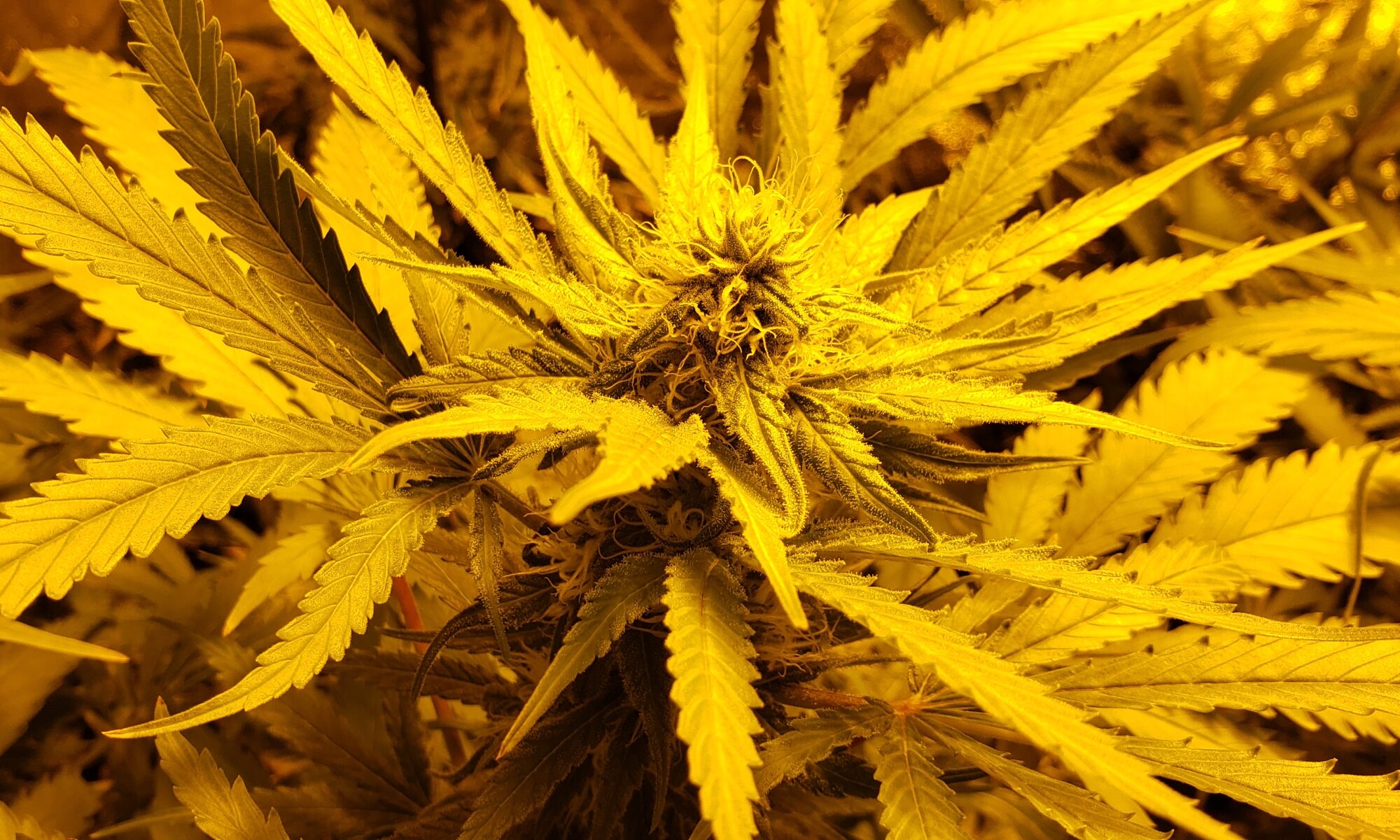Marijuana Freedoms under attack
In Michigan, “Big Business” is throwing large amounts of money at the Michigan state government in an attempt to crush “small time” growers – beginning specifically with medical marijuana caregivers.

READ MORE: Big marijuana lobbyist testifies hearing on Michigan caregiver law
Michigan Cannabis Manufacturers Association (MCMA), an organization of many of the largest members of Michigan’s marijuana industry is lobbying the state legislature to radically change the original 2008 voter-passed medical marijuana law that created caregivers. MCMA claims there is a need for “market fairness”, that caregivers’ products must receive the same level of testing and tracking as marijuana sold in stores.
Caregivers can provide superior product at much cheaper prices than commercial dispensaries. The big business men see this and are attempting to shut down the small caregivers, forcing patients to pay higher prices at big business establishments. Adding the testing/tracking cost and effort to caregivers would force them to raise the prices they charge their patients. And in some cases it would prevent the caregivers from even being able to stay in business. Since caregivers are growing at a small scale, and patients know exactly where their products come from, there is no need for tracking. In addition, many patients will know if the quality of their products are not what they expect and can change caregivers if they want. Patients can have samples tested themselves, if they feel that need. They can even patronize the stores run by big business if they really feel that their products must be tested to the standards in place for big business.
In our opinion, this is another case of big business monopolies attempting to force the small people out of business so they can improve their profits. What can we do? Start or keep growing!
More details here:
‘We’re in for the patients:’ Marijuana caregivers rally against bills that would curb access
